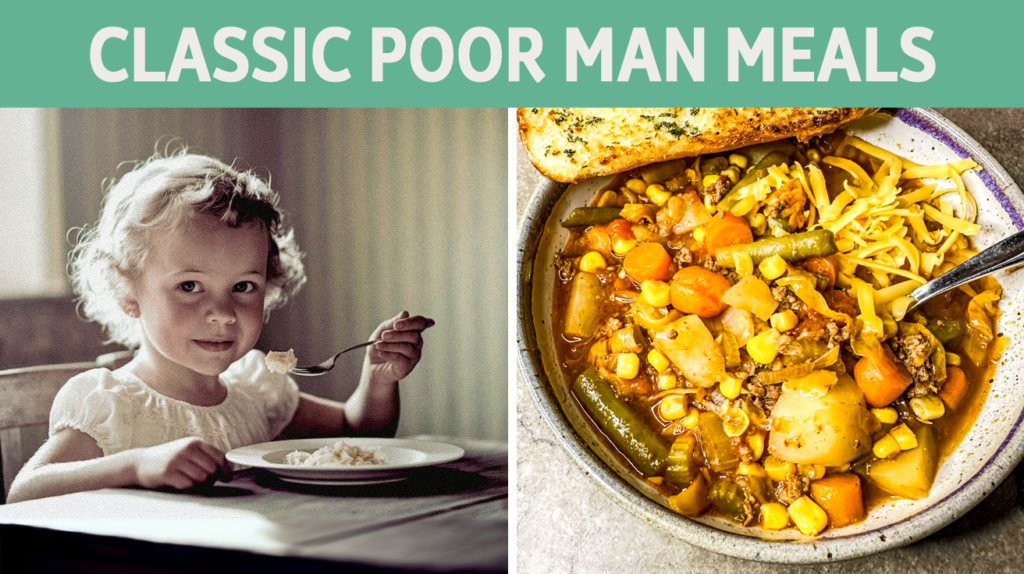
Empty wallets and hungry mouths create kitchen stress that feels impossible to solve. But generations before us faced the same challenge and developed ingenious solutions. They created filling meals from minimal ingredients that cost pennies per serving. These resourceful recipes turned necessity into delicious tradition across American kitchens. Even better, these budget-stretching techniques work perfectly against today’s rising food prices.
Discover 22 forgotten meals that deliver maximum flavor with minimum spending.
22. Hobo Stew
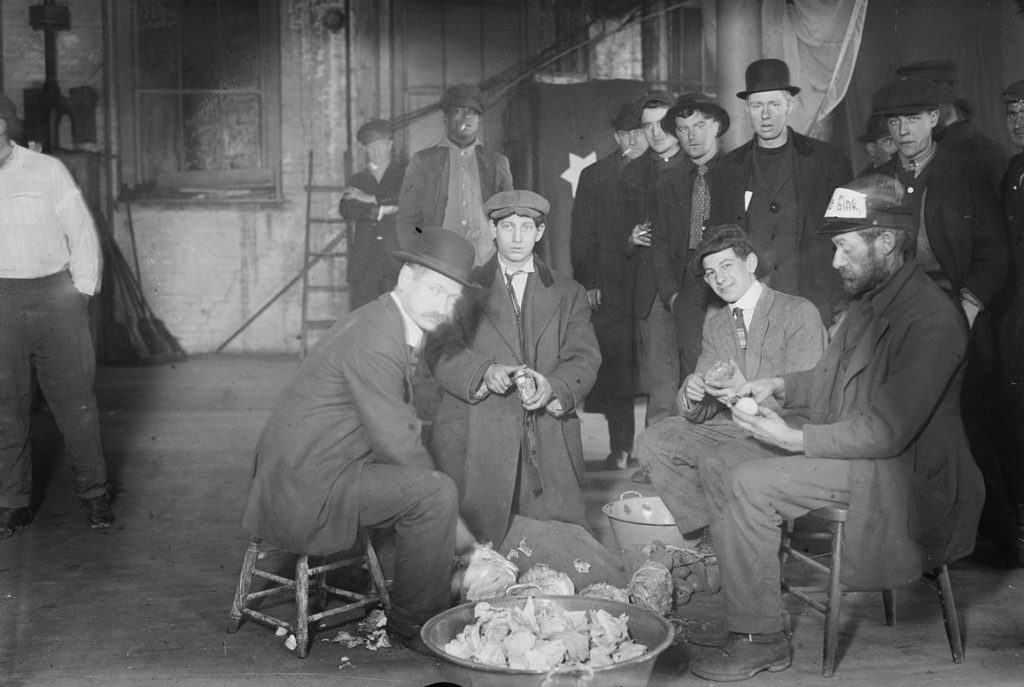
Caught with random ingredients and hungry mouths to feed? Hobo Stew transformed miscellaneous scraps into a community event. Workers without jobs, struggling farmers, and families fighting inflation all turned to this one-pot wonder – far removed from the extravagance of the most expensive food served today. You didn’t need fancy equipment, just a pot and fire would do. The beauty? You used whatever you had on hand. Root vegetables, canned stuff, meat scraps – it all went in. Prepared over open fires in communal settings, this meal wasn’t just about food – it fostered community during economic downturns. If you’ve ever had to feed many with little, this stew’s improvisational spirit remains just as valuable today.
21. Bread and Drippings

If you’re searching for the ultimate low-effort, high-calorie meal from yesteryear, bread and drippings delivers instant energy. Called different names across America, this dish took advantage of what others might throw away. Bacon grease or other saved fats soaked into bread slices, creating instant energy. Workers loved this perfect combo of fat, protein and carbs that kept them going through long hours. Though high in fat and low in other nutrients, it provided essential calories with minimal cost or effort. Modern budget-conscious cooks might balk at the nutrition profile, but few meals pack such caloric punch for mere pennies.
20. Potato Cakes

Leftover mashed potatoes transform into golden-crisp patties that breathe new life into yesterday’s meal. Potato cakes brilliantly repurposed leftover mashed potatoes, flour, and eggs into something that felt brand new. Add cheese, herbs or onions if you had them – or keep it plain. Pan-frying created a crispy exterior that made humble ingredients feel special. These versatile patties reduced food waste while adapting to whatever flavors were available. Even with modern refrigeration, this technique turns mundane leftovers into a meal your family will actually request by name.
19. Boiled Cabbage
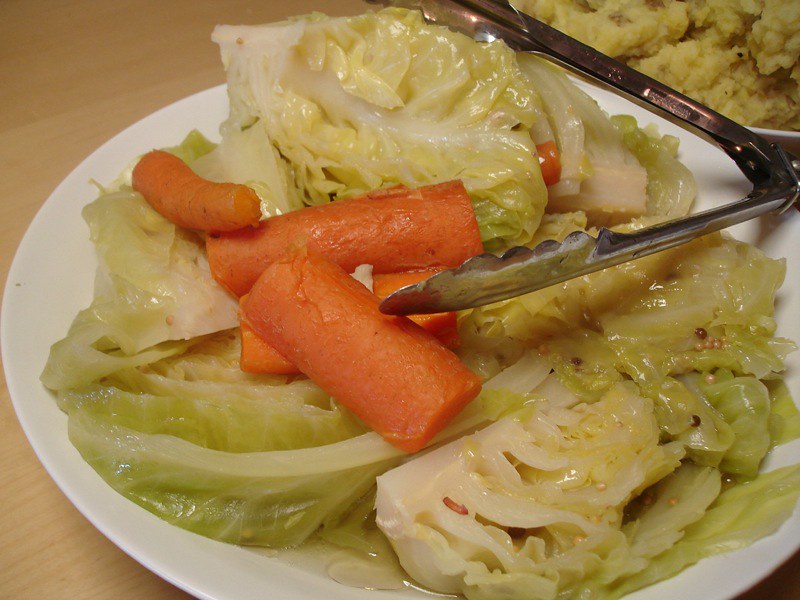
The humble cabbage provided Depression-era families with surprisingly rich nutrition at pennies per serving. During tough times, this simple combination of cabbage with potatoes offered serious bang for your buck. Many families grew these vegetables themselves, guaranteeing food on the table. Adding even a tiny bit of bacon or ham changed everything, making a basic pot of vegetables taste rich and satisfying. This nutrient-dense meal required minimal preparation, making it perfect for large families on tight budgets. For less than $5 today, you can still feed a family of four with this enduring budget staple.
18. American Goulash
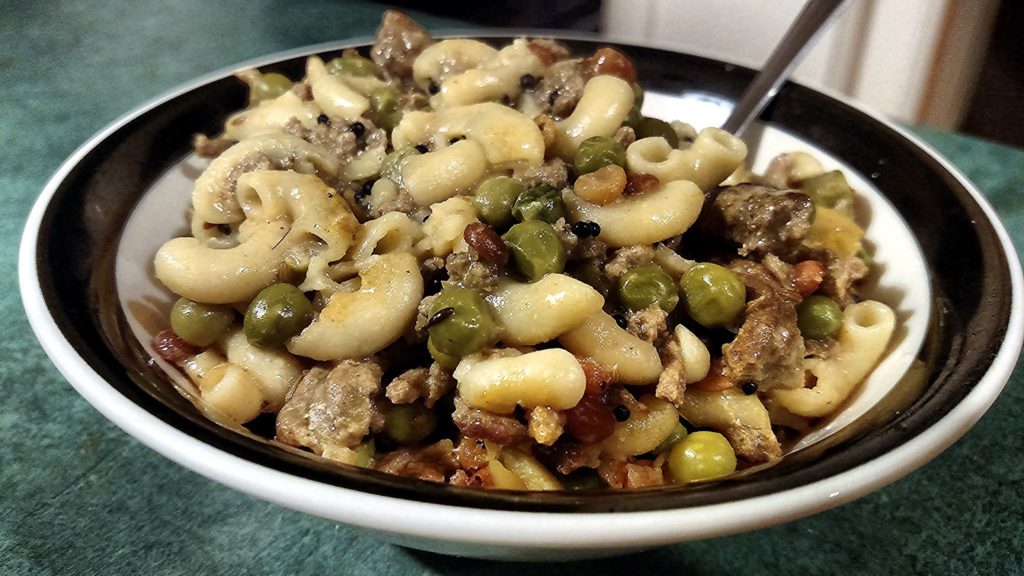
When feeding a crowd on a tight budget, American goulash stretched minimal meat into a hearty feast. Clever cooks combined macaroni, ground beef, tomatoes, onions and spices to feed everyone at the table. It evolved from Hungarian origins into something uniquely American and budget-friendly. The economical use of pasta and minimal meat maximized portions while minimizing cost. Some regions called it “slum gullian” and adapted it to local ingredients. Make this dish tonight and you’ll understand why it has remained a budget cooking staple for over a century.
17. Beans and Hotdogs
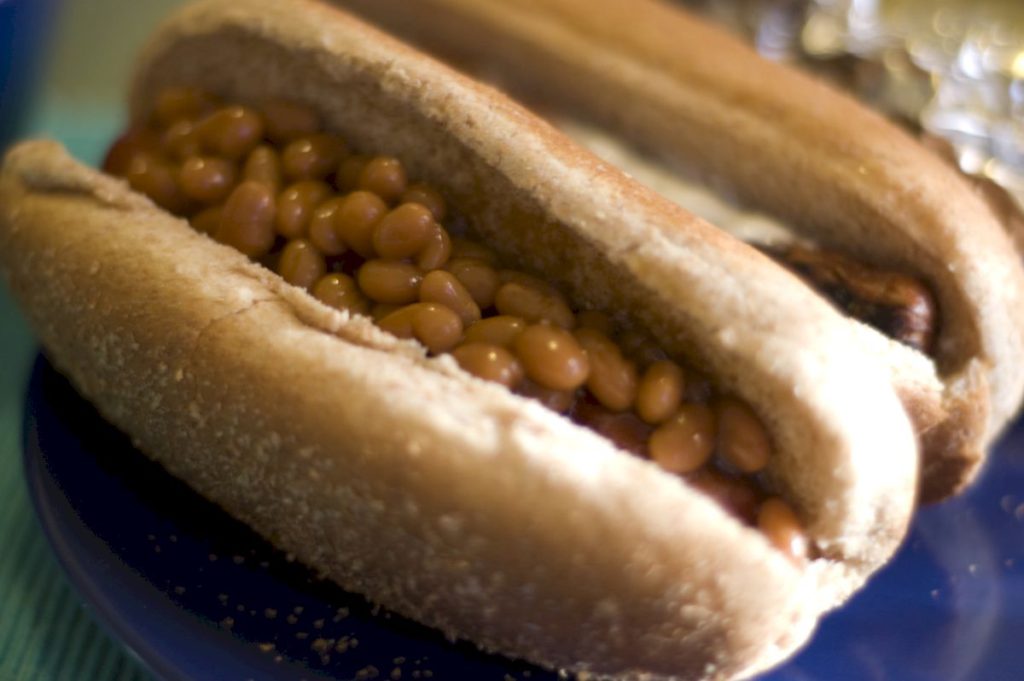
Budget constraints meet protein needs in this ingenious casserole that became a family favorite. Bean and weenie casserole solved dinner during tight financial times. Canned beans, potatoes or another starch, and sliced hot dogs created a complete meal in one dish. Families could stretch small amounts of meat to feed everyone adequately. Simple, filling meals like this fought food insecurity when budgets got squeezed. When your paycheck needs to last another three days, this $7 meal can feed your entire family with leftovers to spare.
16. Rice and Raisins
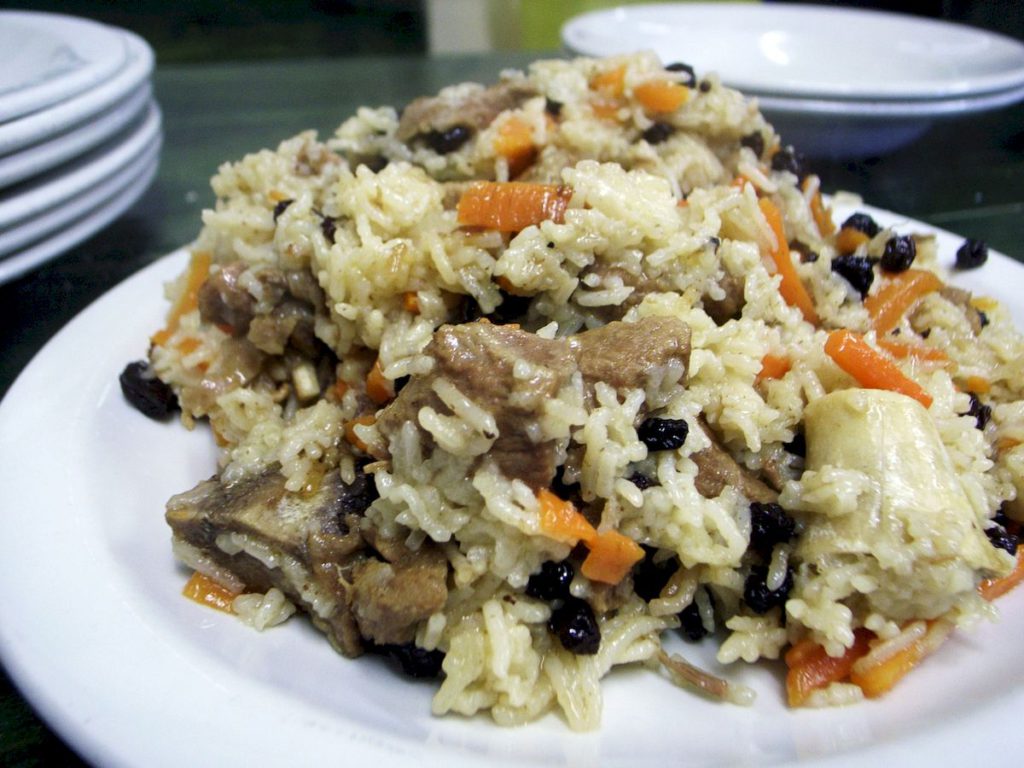
Sweet cravings don’t disappear during hard times, and this Pennsylvania Dutch creation satisfied for just pennies. When dessert ingredients weren’t in the budget, this simple mixture hit the sweet spot perfectly. Pennsylvania Dutch families relied on this economical treat that cost pennies to make. With a pudding-like consistency, it filled you up while satisfying sugar cravings. Families could enjoy sweetness without expensive ingredients. Try this historic dessert the next time your sweet tooth strikes but your budget says “no” to bakery treats.
15. Cabbage Noodles

Empty pantries sparked resourcefulness as cabbage noodles became salvation for millions. Known as haluski in Eastern European communities, this humble dish gained followers throughout Appalachia. The brilliance lies in its minimal ingredients: just egg noodles, onions, and fried cabbage – items struggling households could access easily. Church potlucks frequently featured this meatless option. As noodles absorbed cabbage’s flavor during cooking, they transformed into something greater than their humble components. Families could feed everyone at the table for pennies per serving.
14. Ketchup Spaghetti
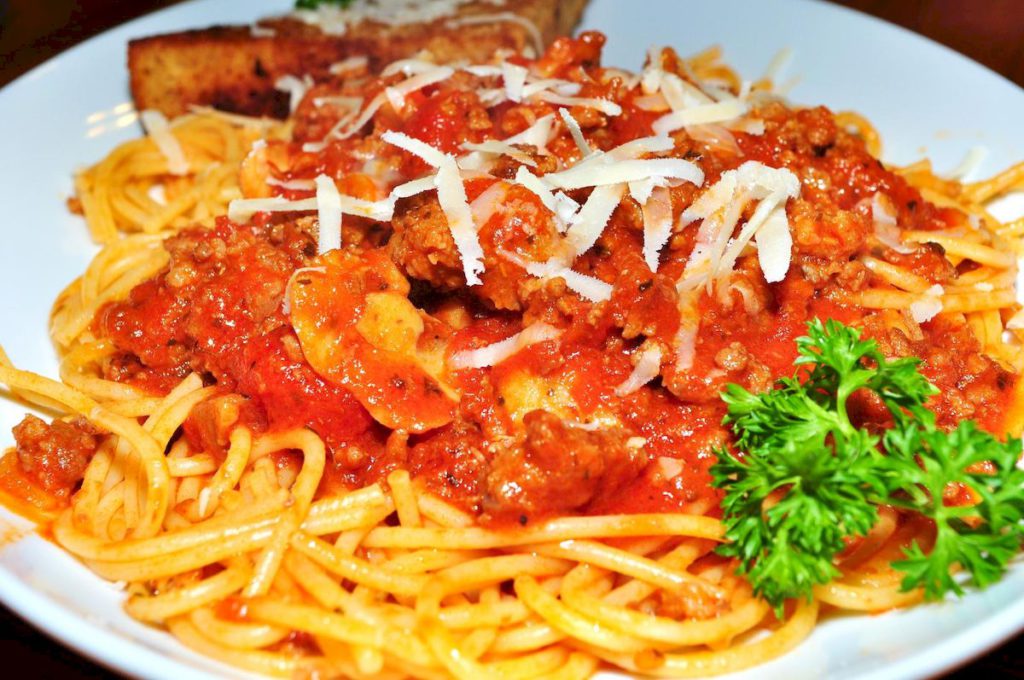
Wartime rationing eliminated pasta sauce, but ketchup spaghetti kept Italian night on the calendar. During economic collapse and rationing, traditional sauce became an unaffordable luxury. Creative cooks discovered that spaghetti tossed with ketchup – often homemade from garden tomatoes – created a passable alternative. This substitution meant children could still enjoy familiar pasta despite financial constraints. In the Great Depression and World War II, when canned goods were expensive or unavailable, this adaptation helped maintain normalcy.
13. Meatless Meatloaf
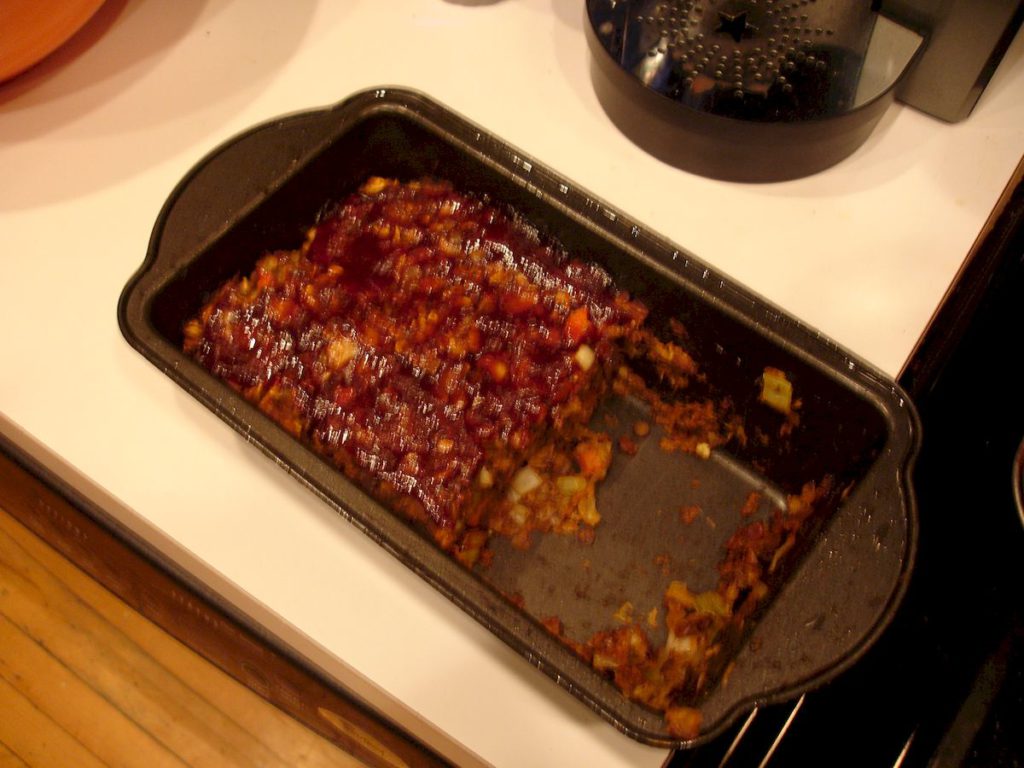
As meat prices soared during the Depression, this clever substitute fooled the palate without emptying the wallet. Meatless meatloaf emerged as a smart response to meat rationing during the Depression. Cooks substituted beans, breadcrumbs, potatoes, and mushrooms to mimic meat’s texture and flavor. These ingredient combinations created loaves that satisfied like the real thing at a fraction of the cost. Families maintained hearty meals despite tight budgets. Modern vegetarians have rediscovered this technique, proving that yesterday’s necessity can become today’s conscious choice.
12. Shepherd’s Pie
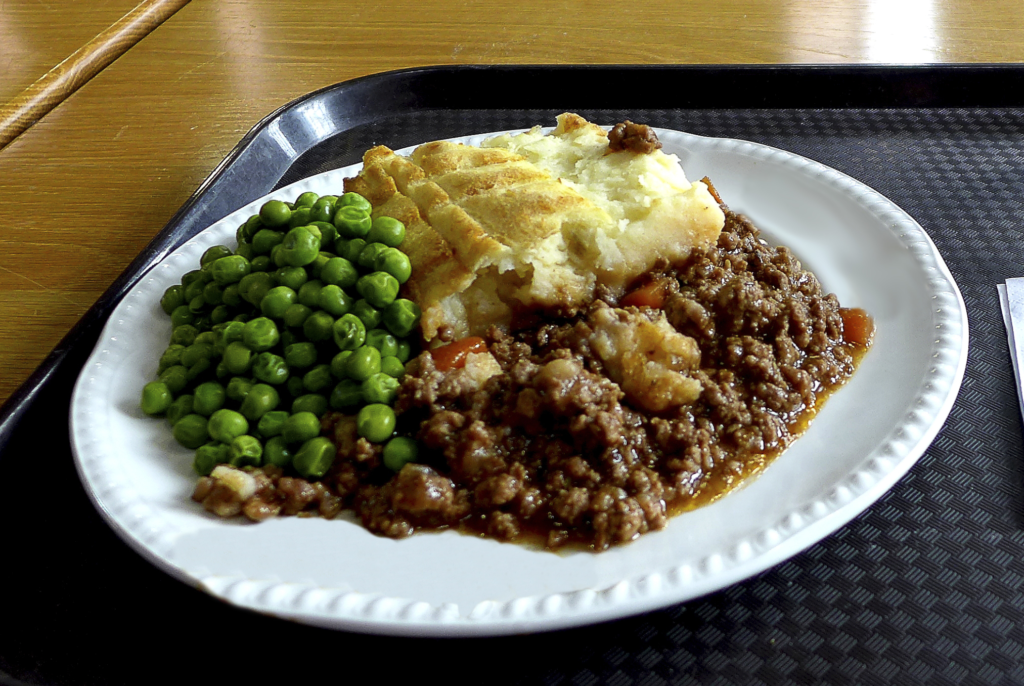
The genius of Shepherd’s Pie lies in its clever architecture – a little meat goes a very long way. Irish and English immigrants brought this resourceful dish to America. It gained popularity during the Depression when stretching meat became crucial. A thick layer of mashed potatoes topped a base with minimal meat and lots of vegetables. This clever technique created bigger portions while using less of expensive ingredients. When ground beef prices spike at the grocery store, this classic stretcher dish becomes relevant all over again.
11. Water Pie

How could something made mostly of water taste so creamy and sweet? Depression-era bakers cracked the code. Sugar, flour, and butter transformed the most basic ingredient – water – into a sweet, satisfying dessert. The flour thickened everything into a pudding-like consistency with surprisingly creamy flavor. Families enjoyed sweetness without dairy expenses during tough times. The next time your pantry seems empty, remember that incredible desserts can emerge from next to nothing with a bit of kitchen magic.
10. Sugar Sandwiches
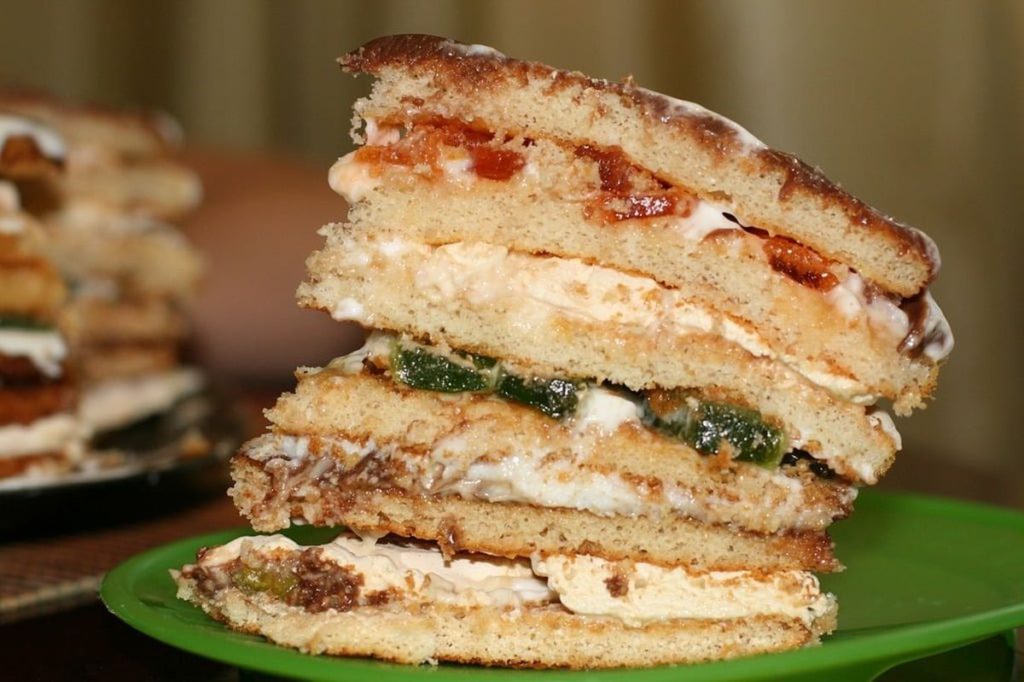
A child’s delight and a parent’s budget-saving trick, sugar sandwiches turned basic bread into a treat. During lean times, just white bread, sugar, and a bit of margarine, lard, or butter created an instant dessert-like snack. Toasting added warmth and intensified the sweetness – making it appealing to kids and adults alike. This quick fix satisfied sweet cravings without expensive ingredients. Children during the Depression might not have realized their treat stemmed from poverty – they just knew it tasted like happiness on a plate.
9. Cracker Soup
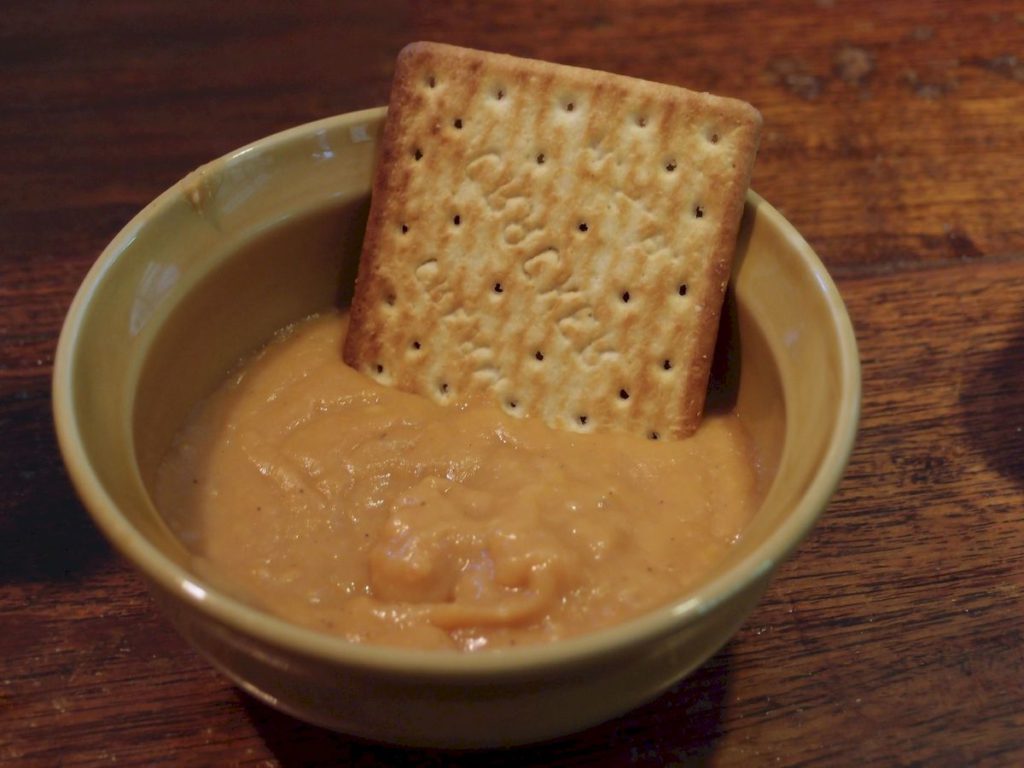
With an empty pantry and hungry family, cracker soup appeared like magic from almost nothing. Desperate times called for this simple combination of hot water, butter, pepper, saltine crackers, and maybe a bouillon cube. Military personnel and home cooks alike relied on this quick solution for meals or sick food. Saltines added bulk while butter brought richness, and bouillon delivered flavor. Comfort doesn’t always require complexity – sometimes it’s as simple as warm liquid transforming humble crackers into something greater than the sum of its parts.
8. Chopped Liver Paste
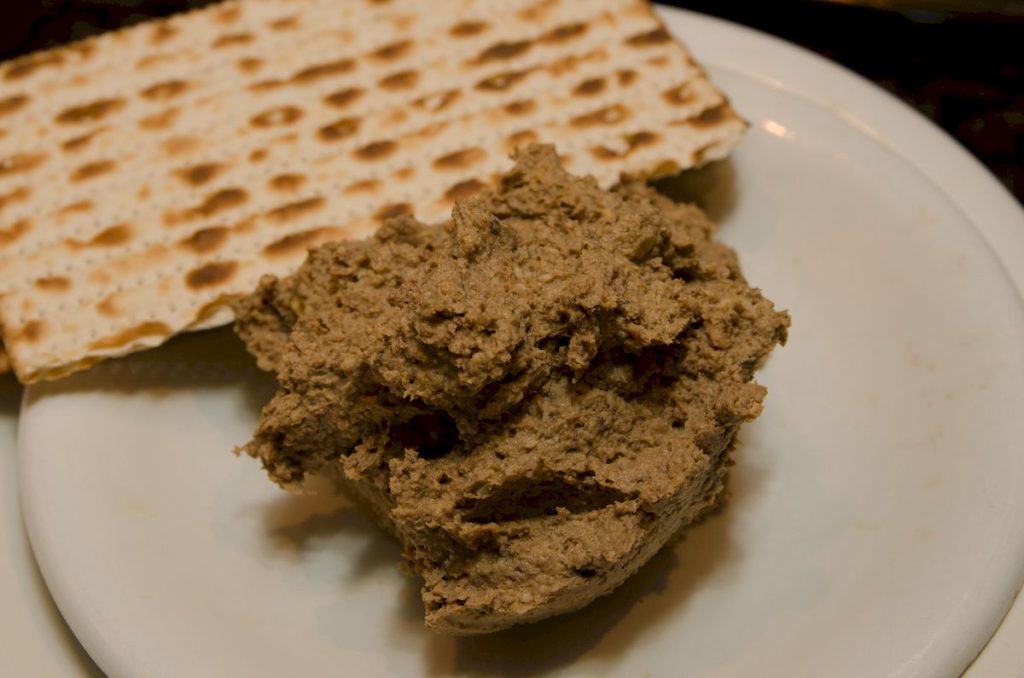
The texture and umami of liver without the expense – this clever fake-out fooled the taste buds. Cooks combined onions, green lentils, walnuts, salt and pepper into a paste that mimicked the texture and flavor of chopped liver. This smart substitution shows how home cooks adapted to ingredient shortages. It offered a satisfying alternative without expensive components. Today’s plant-based meat alternatives owe a debt to these Depression-era innovations that proved substitutes could be satisfying in their own right.
7. Breaded Pig Snouts
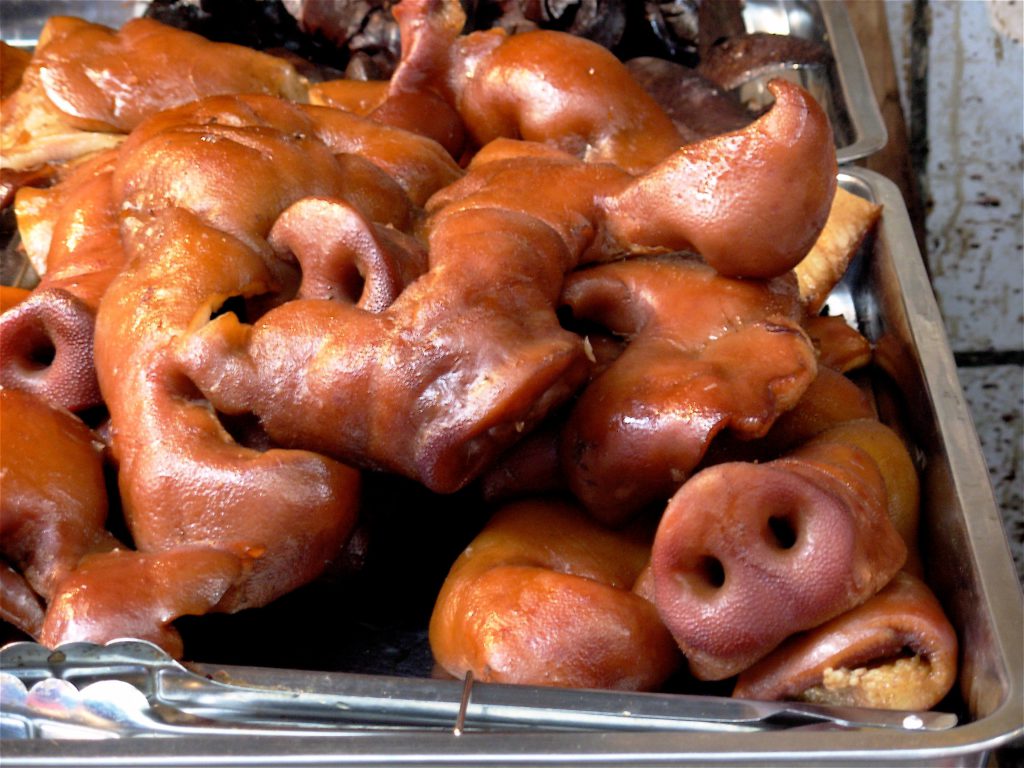
Nothing went to waste during hard times – even parts others discarded became dinner with the right preparation. Thrifty cooks transformed these unusual cuts into nourishing meals through necessity. Using every part of the animal wasn’t just about food – it showed respect for limited resources. This approach provided protein while eliminating waste during financial crisis. As modern butchery moves back toward whole-animal usage, this waste-nothing approach feels remarkably ahead of its time.
6. Kraft Macaroni and Cheese
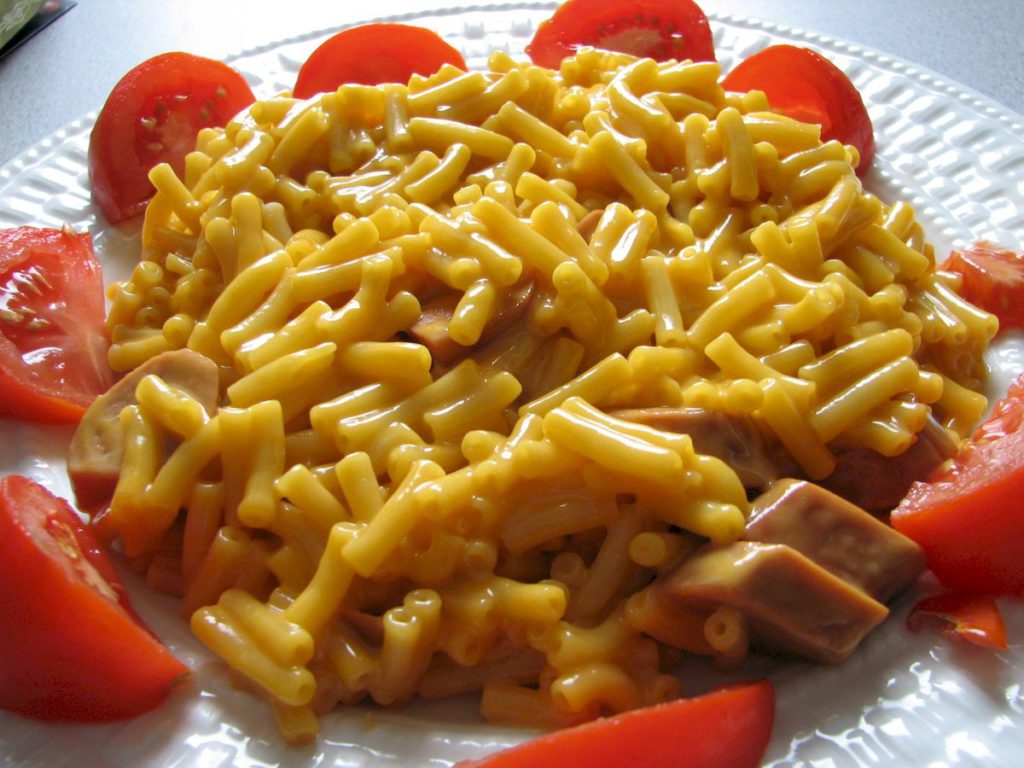
A 19-cent dinner feeding four people revolutionized mealtime for cash-strapped families in 1937. Kraft created their boxed macaroni and cheese as a direct response to economic hardship. Families could add vegetables or tuna for variation. The product was filling, kid-friendly, and cheap. Nearly a century later, a box of this budget staple still occupies pantry space in millions of American homes – an enduring testament to its practical value.
5. Carrot Sandwich

If you’ve never considered carrots as a sandwich filling, Depression-era families would have found your surprise amusing. Boiled carrot sandwiches gained popularity through their simplicity and the easy availability of carrots. Americans embraced these quick-to-prepare fillings during tight times. They provided a filling meal without breaking the bank. Root vegetables between bread may seem strange today, but the principle of working with affordable, accessible ingredients remains timeless kitchen wisdom.
4. Potato Pancakes

Crispy on the outside, tender within – these versatile patties made humble potatoes feel like a luxury. Potato pancakes worked for anyone’s budget, whether topped with applesauce or garlic and onions. During produce shortages, potatoes remained accessible to most households. These crispy, filling pancakes became breakfast heroes during struggling times. A five-pound bag of potatoes still delivers more meals per dollar than almost any other grocery store purchase.
3. Walton Pie
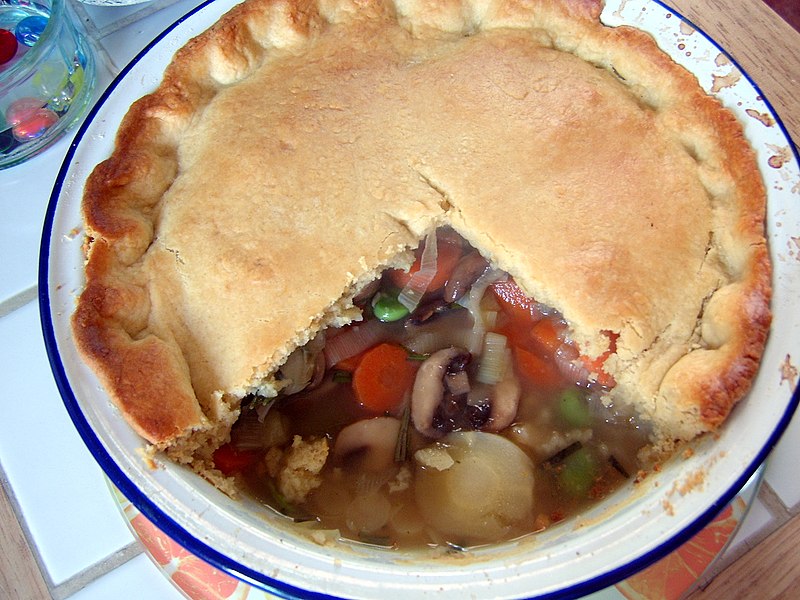
When Pearl Harbor changed everything, this vegetable pie offered a taste of normalcy amid wartime chaos. Food shortages before and after Pearl Harbor made creativity essential. This veggie pie offered more than sustenance – it created normalcy during chaos. Walton Pie shows how cooking transforms basic ingredients into experiences that nourish both body and spirit. During times of crisis, dishes that provide comfort alongside calories become worth their weight in gold.
2. Cheese and Protein

Meat prices out of reach? This unassuming dairy product stepped in to fulfill protein needs at a fraction of the cost. Cottage cheese delivered protein on a tight budget. It ensured families met nutritional needs without expensive animal products. Though unconventional, it kept meal plans balanced when options were limited. At around $3 per pound today, cottage cheese still offers one of the most affordable complete proteins on the market.
1. Leftovers Stew
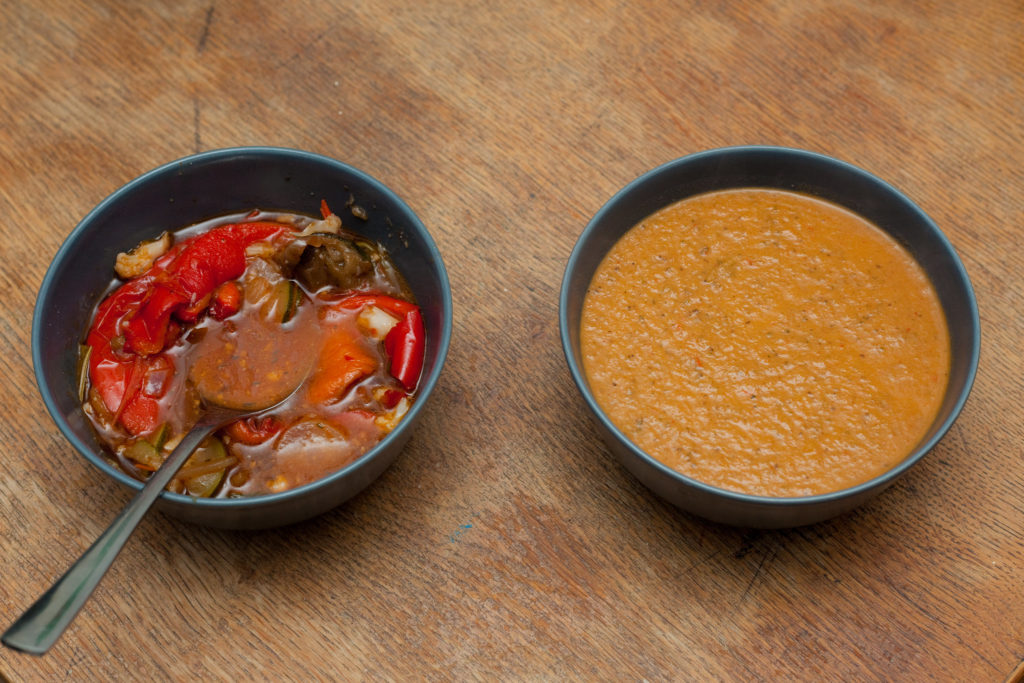
Sunday’s roast becomes Monday’s bubble and squeak in this waste-nothing approach to home cooking. Bubble and squeak traditionally combined leftover potatoes and cabbage fried together, creating something new and delicious from scraps. This technique maximized nutrition while minimizing waste. Looking to slash your weekly food budget? Start by reinventing yesterday’s meal into today’s completely different dish – just as generations before us did.





















